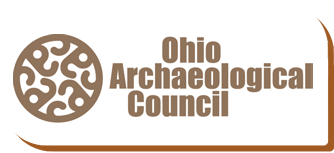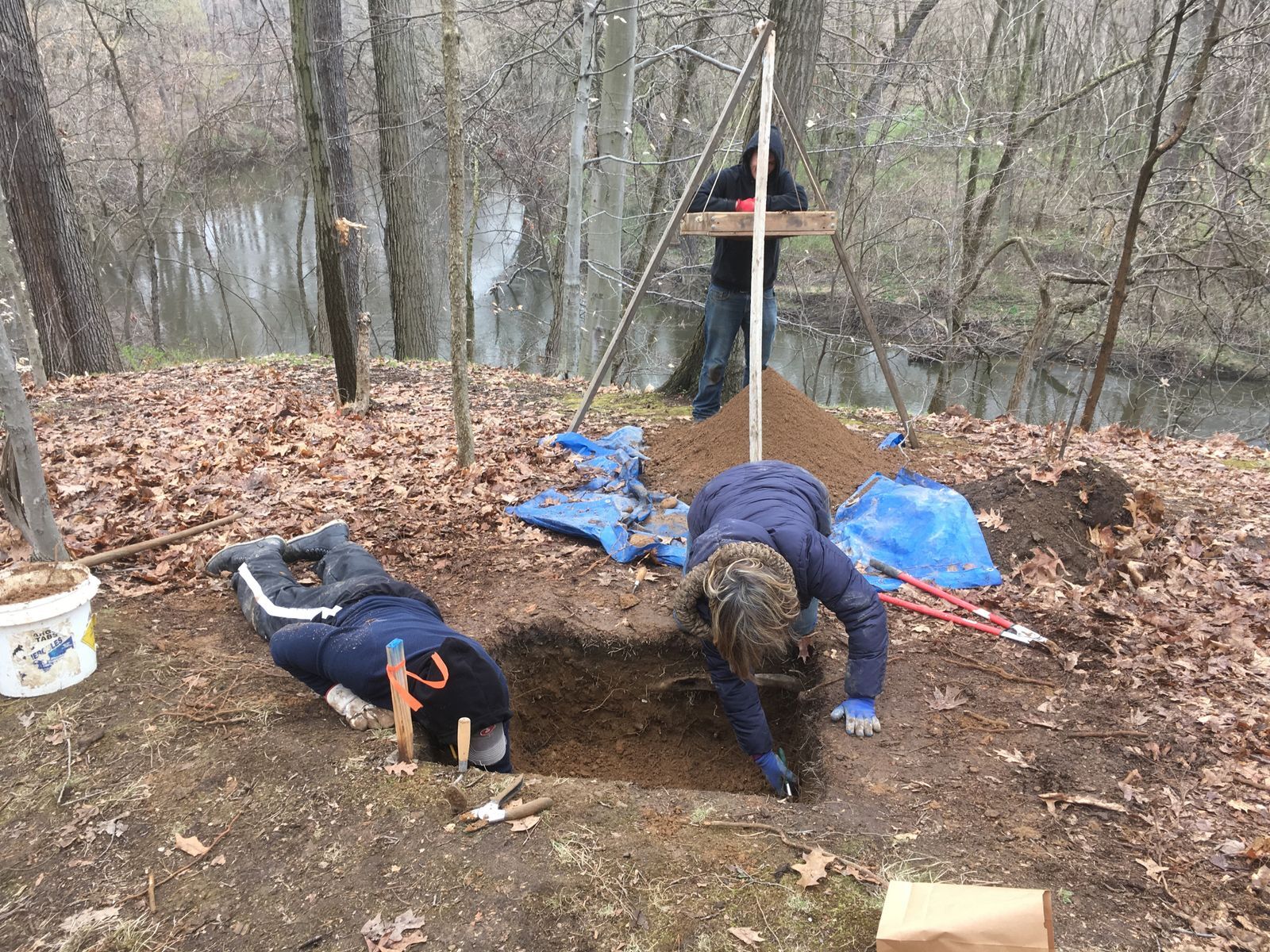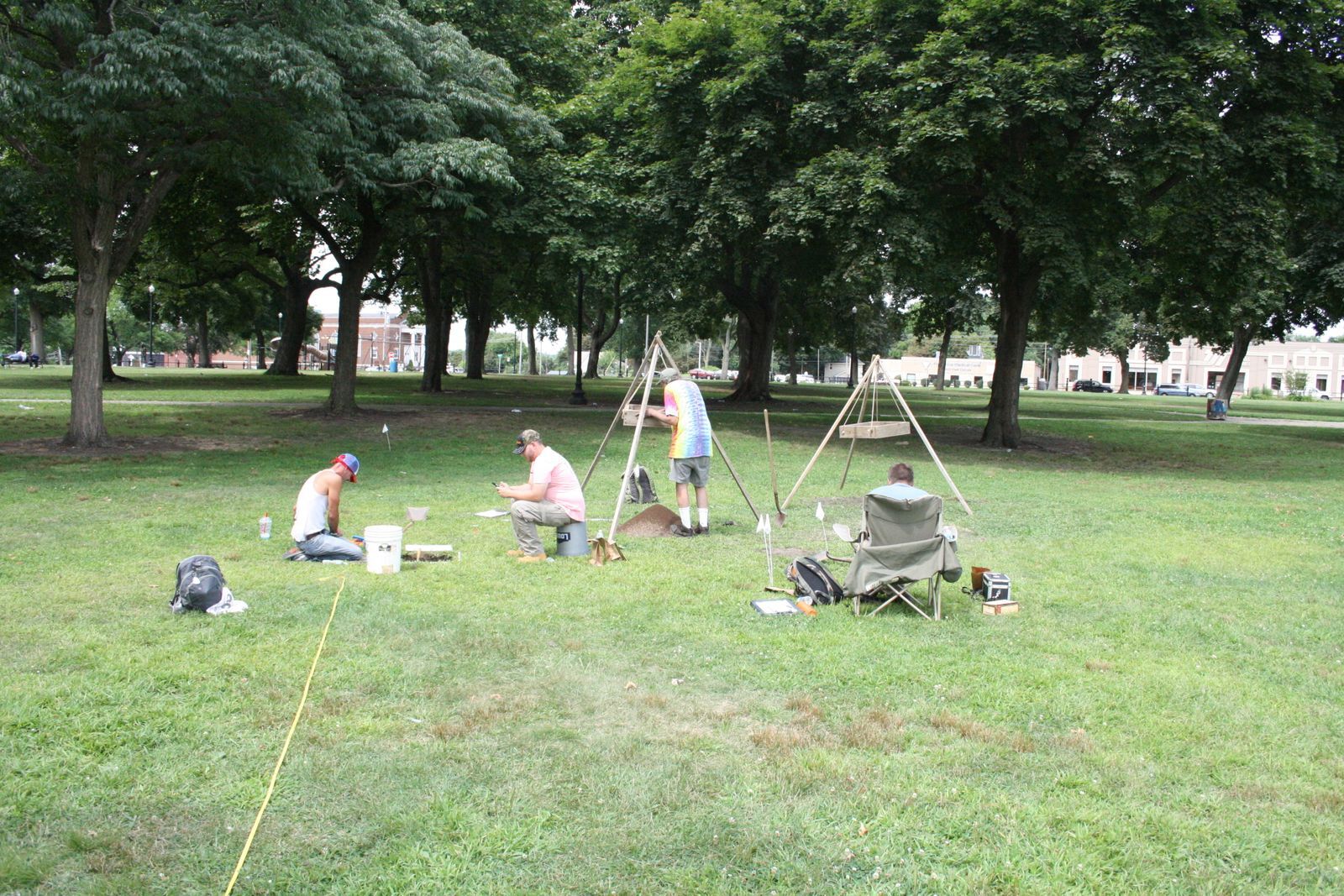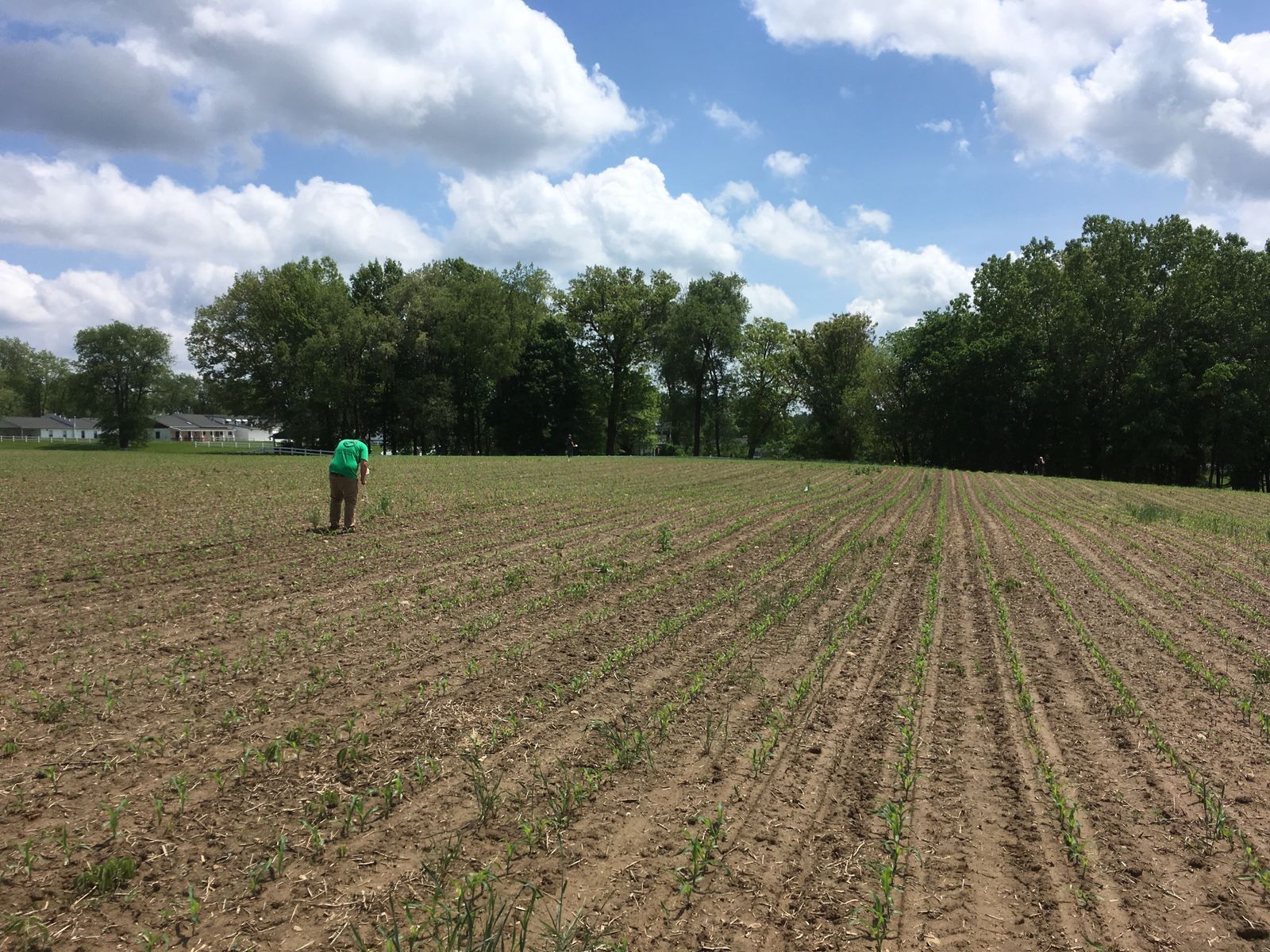Promoting the Advancement of Archaeology in Ohio Since 1975
The Ohio Archaeological Council consists of professional archaeologists, avocational archaeologists, and interested students of Ohio archaeology. Membership is open to all persons and institutions with an interest in Ohio archaeology.
News & Notes
Spring Member Meeting
May 2, 2025
9 AM to 2:45 PM
Cardinal Room, Ohio History Connection
The Membership Meeting is for current OAC members only, a separate Zoom link will be sent out for those who cannot be in Columbus. For questions or more information please reach out to Chris Kraska at chriskraska@gmail.com.
Below is the preliminary schedule for the day.
9:00 am Welcome remarks.
9:10 am
Keep It Wet: Innovations in Artifact Conservation
By No Signal
9:30 am
Reexploring Pickaway County’s Snake Den Mounds Complex
By Al Tonetti, Heartland Earthworks Conservancy, and Jarrod Burks, Heartland Earthworks Conservancy and Ohio Valley Archaeology, Inc.
10:00 am
Government Affairs and Ohio Archaeology
By Al Tonetti, Ohio Archaeological Council Trustee and Government Committee Affairs Chair
10:30 am
Kasten: A Newly Recorded Clovis Component in Northcentral Ohio
By Brian G. Redmond, Cleveland Museum of Natural History
11:00 am
Exploring Paleoindian Use of Glacial Water Features in Ohio During the Pleistocene/Holocene Transition
By David Lamp and Joseph Gingerich, Ohio University
11:30 am
Lunch
1:00 pm
The State Historic Preservation Office Online Mapping System
By Kyle Smith, GIS Manager, State Historic Preservation Office
1:45 pm
OAC Business Meeting



